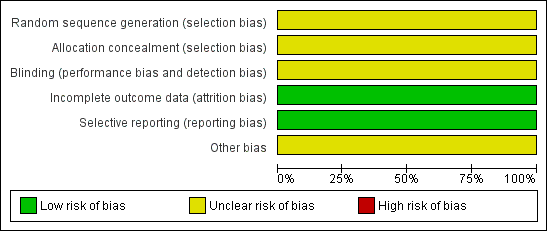Davanje nadomjestaka vitamina K kod cistične fibroze
Appendices
Appendix 1. Glossary
| Term | Meaning |
| bisphosphonate | a class of drugs that prevent the loss of bone mass, used to treat osteoporosis and similar diseases |
| carboxylation | a chemical reaction in which a carboxylic acid group is introduced in a substrate |
| coagulopathy | a defect in the body's mechanism for blood clotting |
| cofactor | a non‐protein chemical compound that is bound to a protein and is required for the protein's biological activity |
| gamma‐glutamyl carboxylase | an enzyme that catalyses the gamma‐carboxylation of glutamic acid residues in bone matrix proteins such as osteocalcin |
| haemostasis | a complex process which causes the bleeding process to stop |
| homozygous | in genetics having identical alleles for a single characteristic |
| mucosal bleeding | bleeding in mucus membranes |
| osteoblast | mononucleate cells that are responsible for bone formation |
| post‐translational modification | the chemical modification of a protein after its translation (the production of proteins by decoding messenger RNA); the post‐translational modification extends the range of functions of the protein. |
| subclinical | describes an early stage or mild form of a medical condition, where no symptoms are detectable. |
| subcutaneous bleeding | bleeding under the skin |

Risk of bias graph: review authors' judgements about each risk of bias item presented as percentages across all included studies.

Risk of bias summary: review authors' judgements about each risk of bias item for each included study.

Comparison 1 Comparison of 1 mg/day vs 5 mg/day oral vitamin K, Outcome 1 Serum undercarboxylated osteocalcin levels.

Comparison 1 Comparison of 1 mg/day vs 5 mg/day oral vitamin K, Outcome 2 Serum vitamin K levels.
| Core elements | Issues to consider | Status of research for this review |
| Evidence | What is the current state of evidence? | A systematic review found only limited high quality evidence in relation to the effectiveness or otherwise of vitamin K supplementation for people with CF. |
| Population | Diagnosis, disease stage, comorbidity, risk factor, sex, age, ethnic group, specific inclusion or exclusion criteria, clinical setting | Any age group with a diagnosis of CF (defined by sweat test or genetic testing or both). Pancreatic insufficient. |
| Intervention | Type, prognostic | All preparations of vitamin K used as a supplement at any dose and for any duration. |
| Comparison | Type, prognostic factor | Placebo with a dose, frequency, duration comparable to the intervention, or no supplementation. |
| Outcome | Which clinical or patient related outcomes will the researcher need to measure, improve, influence or accomplish? | Clinical outcomes related to:
Biochemical analysis:
Quality of life:
Adverse events Data type: continuous and dichotomous |
| Time stamp | Date of literature search or recommendation | 15 April 2010. |
| Study type | What is the most appropriate study design to address the proposed question? | RCT (adequately powered/large sample size, sufficient duration) |
| BMI: body mass index | ||
| Dose | n | UcOC % | UcOC % |
| 1 mg/day | 7 | 46 (14.4) | 28 (8.26) |
| 5 mg/day | 6 | 47.6 (9.45) | 30.2 (13.09) |
| SD: standard deviation | |||
| Dose | n | Serum vitamin K levels (nmol/L) | Serum vitamin K levels (nmol/L) |
| 1 mg/day | 7 | 0.28 (0.25) | 2.52 (2.61) |
| 5 mg/day | 6 | 0.15 (0.19) | 6.98 (9.95) |
| SD: standard deviation | |||
| Outcome or subgroup title | No. of studies | No. of participants | Statistical method | Effect size |
| 1 Serum undercarboxylated osteocalcin levels Show forest plot | 1 | Mean Difference (IV, Fixed, 95% CI) | Totals not selected | |
| 2 Serum vitamin K levels Show forest plot | 1 | Mean Difference (IV, Fixed, 95% CI) | Totals not selected | |

